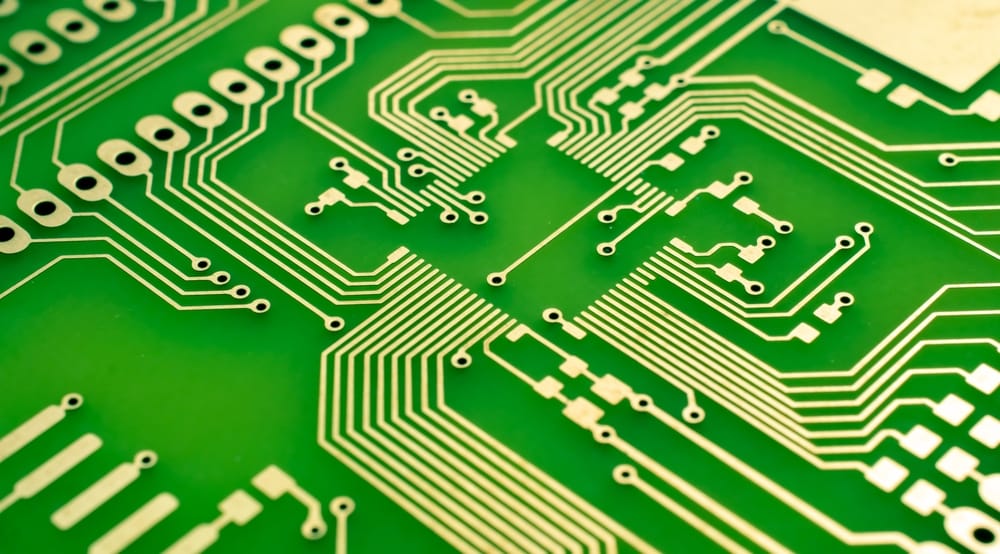PCB
PCB
Blog Article

Exploring the World of Flexible PCBs: Advantages, Applications, and Future Prospects
In the fast-paced world of electronics, innovation never takes a break. One such innovation that has revolutionized the design and manufacturing of electronic devices is Flexible Printed Circuit Boards (PCBs). These remarkable creations offer a wide range of benefits over traditional rigid PCBs, making them a popular choice for a variety of applications. In this article, we'll delve into the world of Flexible PCBs, exploring their advantages, applications, and the promising future they hold. Read on flexible printed circuit board to discover more.
Understanding Flexible PCBs
Flexible PCBs, also known as Flex PCBs or FPCs, are a type of printed circuit board designed to be incredibly versatile and adaptable. Unlike rigid PCBs that are made of solid materials like fiberglass, Flexible PCBs are constructed from flexible materials such as polyimide or polyester. This flexibility allows them to bend, twist, and conform to the shape of the device they are installed in, making them ideal for applications where space and form factors are critical.
Advantages of Flexible PCBs
1. Space Efficiency
One of the most significant advantages of Flexible PCBs is their ability to save space in electronic devices. Traditional rigid PCBs have limitations when it comes to fitting into small or irregularly shaped spaces. Flexible PCBs, on the other hand, can be designed to precisely match the contours of the device, maximizing the use of available space.
2. Weight Reduction
Flexible PCBs are not only space-efficient but also lightweight. This reduction in weight can be crucial in applications where weight constraints are essential, such as aerospace and automotive industries. The lightweight nature of Flex PCBs contributes to fuel efficiency and overall performance.
3. Enhanced Reliability
Flex PCBs offer improved reliability due to their reduced number of interconnections and solder joints. This reduction in components minimizes the risk of electrical failures and improves signal integrity, making them a preferred choice for high-reliability applications like medical devices and military equipment.
4. Cost-Efficiency
Although the initial manufacturing costs for Flexible PCBs can be higher than rigid PCBs, their advantages in space efficiency and reliability can lead to cost savings in the long run. The reduced need for connectors and cables, as well as improved durability, can offset the initial investment.
5. Durability
Flexible PCBs are designed to withstand harsh environmental conditions, including temperature extremes, vibrations, and moisture. This durability makes them suitable for applications in demanding industries such as industrial automation and outdoor electronics.
Applications of Flexible PCBs
The versatility and advantages of Flexible PCBs have led to their widespread adoption in various industries and applications, including:
1. Consumer Electronics
Flexible PCBs are commonly used in smartphones, tablets, and wearables, where their flexibility allows for innovative product designs and compact form factors.
2. Medical Devices
Medical equipment often requires PCBs that can conform to irregular shapes and withstand sterilization processes. Flexible PCBs are an ideal choice for these applications, ensuring reliable performance.
3. Automotive
In the automotive industry, Flexible PCBs are used in infotainment systems, navigation displays, and sensors due to their ability to fit into tight spaces and withstand the rigors of the road.
4. Aerospace
Aircraft and spacecraft rely on Flexible PCBs for their lightweight, durable, and space-efficient properties, contributing to fuel efficiency and overall performance.
5. Industrial Automation
Flexible PCBs are crucial in industrial automation for their ability to withstand harsh industrial environments while providing compact and reliable solutions for control systems.
The Future of Flexible PCBs
The future of Flexible PCBs looks promising, with ongoing advancements in materials, manufacturing processes, and design techniques. As technology evolves, we can expect to see even more innovative applications for Flex PCBs, further expanding their presence in the electronics industry.
Additionally, the development of flexible and stretchable electronics is paving the way for entirely new categories of devices, such as wearable health monitors and flexible displays. These advancements are made possible by the flexibility and adaptability of PCBs, making them central to the development of next-generation technologies.
In conclusion, Flexible PCBs have proven themselves as a game-changer in the world of electronics. Their unique combination of space efficiency, durability, and adaptability has made them a preferred choice in various industries. As technology continues to advance, Flexible PCBs will undoubtedly play a crucial role in shaping the future of electronic devices and applications.
Report this page